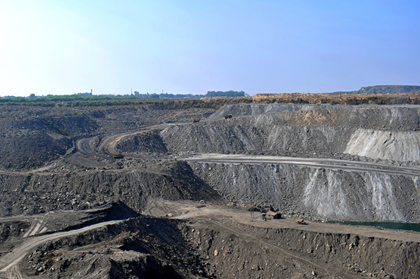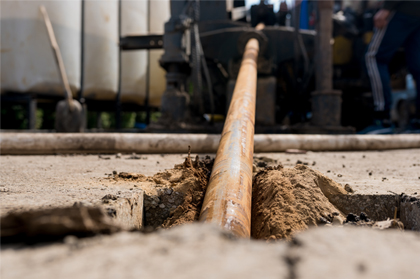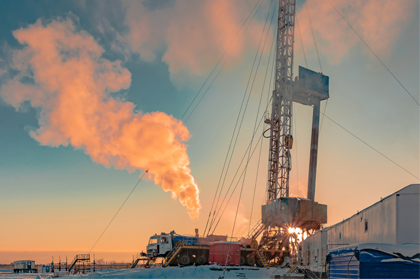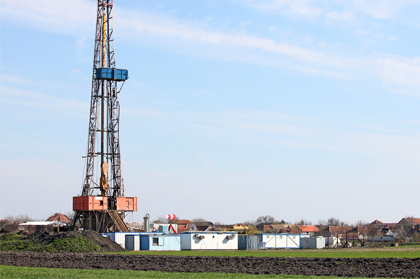Well Drilling and Groundwater
Well drilling is the methodical process of accessing water resources within the Earth's strata. This is achieved by employing specialized drilling equipment and techniques. Essentially, it is an endeavor to tap into, exploit, and harness underground water reserves.
Groundwater, to elaborate, is the water that's found beneath the Earth's surface. It resides in the fissures and cracks of the Earth's crust or within the voids and spaces in soil and rock formations. Unlike surface water, which can be found in rivers, lakes, and ponds, groundwater is shielded from external factors and remains stored within these underground reservoirs.
It is essential to distinguish between the two concepts:
- Well Drilling: This refers to the actual process or activity of creating an access point to reach groundwater. It's the means through which we can extract and utilize subterranean water resources.
- Groundwater: This is the resource itself — the stored water beneath the Earth's surface. It plays a critical role in supplying water to springs, rivers, and wells, ensuring a consistent water supply even in times of minimal rainfall.
In essence, well drilling is the mechanism we use to access and benefit from the vast reserves of groundwater that nature has stored away beneath our feet.
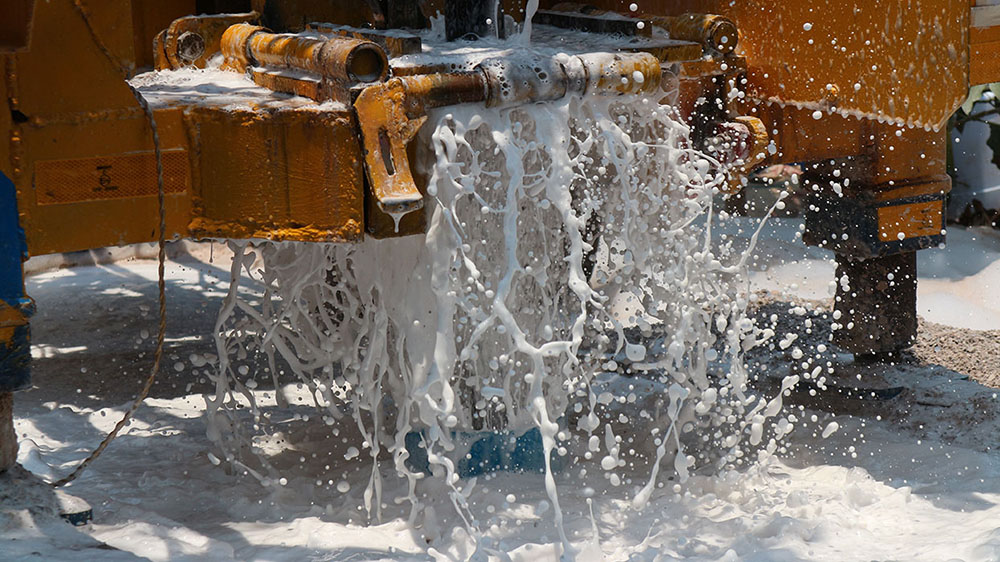
Water Cut Characteristics in Various Rock Structures
The water retention and permeability characteristics of rocks largely depend on their structure, grain size, and cementing agent. Understanding these characteristics is crucial when determining the most suitable location for drilling water wells. Here's an overview of the water-yielding potential of different rock types:
1.Clean Sand and Gravel Sedimentary Rock:
- Primary Source of Water.
- Strong water absorption, excellent water content, and permeability.
2.Mixed Layer of Sand and Gravel:
- Secondary Source of Water.
- Water yield depends on sand content: the lower the sand content, the better the water yield.
3.Clay Structure:
- Retains water but has low permeability, hence not an ideal aquifer.
4.Sandstone:
- Depends on the cementing agent; if clay acts as a binder, it’s a poor water source.
5.Limestone:
- High water content especially in karst formations, but may have compromised water quality due to dissolved minerals.
6.Basalt:
- Early beds are dense, making them poor sources, but later beds with vesicular or spongy structures are good water sources.
7.Hard Rock:
- Rocks like granite, gneiss, quartzite, slate, etc., are typically poor water sources. Metamorphic rocks tend to be the least favorable.
Siruite's Offerings for Water Well Drilling
When drilling into these varied rock structures, it's imperative to have the right drilling bit tailored to the rock type to ensure efficient and successful drilling. Siruite specializes in providing a diverse range of drill bits designed for different geological conditions:
- Range: Siruite offers drill bits ranging from 94mm to 660mm for tricone bits, 114mm to 500mm for DTH bits, and 76mm to 660mm for PDC bits.
- Design: With options in rubber seals and metal seals, Siruite's bits are adaptable to different project needs. Tooth rows, teeth height, and alloy tooth profiles are optimized for maximum efficiency and longevity.
- Recommendations: Siruite provides expert guidance on bit selection based on lithology requirements. Additionally, they recommend periodic analysis of drill bit conditions during the drilling process and necessary adjustments if issues arise.
- Maintenance and Care: To ensure the longevity and efficiency of the drill bit, Siruite suggests measures like adding a centralizer and drill collar on top of the tricone bit to prevent deviations.
So the geological structure determines the water-yielding capacity of a region. When drilling, the appropriate bit type, size, and operational guidelines should be followed to ensure optimal results. Siruite, with its expertise and range, offers valuable solutions for varied drilling needs.
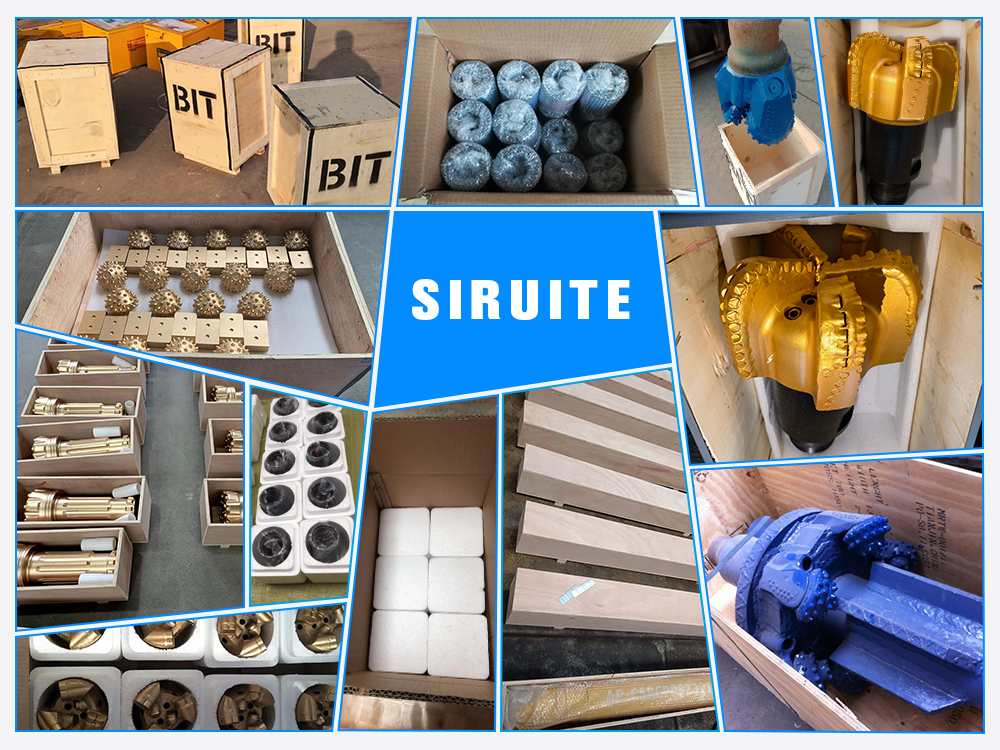
Optimizing the Weight of Water Well Drill Bits
Selecting the right weight for water well drill bits is paramount in ensuring effective penetration rates, prolonging bit life, and ensuring the integrity of the borehole. The weight of the bit, commonly referred to as Weight on Bit (WOB), is influenced by various factors:
1.Formation Hardness:
2.Bit Quality:
3.Wellbore Condition:
- The condition of the wellbore is essential. A stable wellbore allows for consistent application of WOB. In contrast, an unstable or deviated wellbore might require adjustments to the WOB to ensure consistent drilling.
4.Drilling Tool Integrity:
- The entire drill string's condition affects how weight is transmitted to the bit. Wear and tear, or any misalignment in the drill string, can lead to inconsistent application of WOB.
5.Flushing Fluid Performance:
- The performance and type of drilling fluid (or mud) play a significant role. The mud helps in carrying away cuttings, cooling the bit, and providing hydrostatic pressure to prevent formation fluids from entering the borehole. A suitable mud type and weight aid in maintaining borehole stability and allow for the optimal application of WOB.
6.Equipment and Power:
- The rig's power and capability play a role in how much weight can be applied. More advanced rigs with higher horsepower and modern control systems can apply and adjust WOB more precisely.
7.Displacement:
- The volume and rate of the drilling fluid being pumped down the drill string can influence the efficiency of the drilling process and the effectiveness of the applied WOB.
Best Practices:
- Regular Monitoring: Using sensors and real-time data logging systems to monitor the WOB and make necessary adjustments.
- Periodic Bit Inspections: Regularly pulling out the drill string to inspect the bit for wear and tear. This can give insights into whether the WOB is optimal or needs adjustments.
- Collaborate with Experts: If uncertain about the optimal WOB, it's always advisable to consult with drilling engineers or experts from the bit manufacturing company, like Siruite, to get recommendations based on the specific drilling conditions and objectives.
Determining the appropriate WOB is a multifaceted decision that requires considering multiple factors. Properly managed, it ensures efficient drilling, prolongs equipment life, and results in a stable borehole.
 Urumqi Siruite Mechanical Equipment Co.,Ltd
Urumqi Siruite Mechanical Equipment Co.,Ltd

